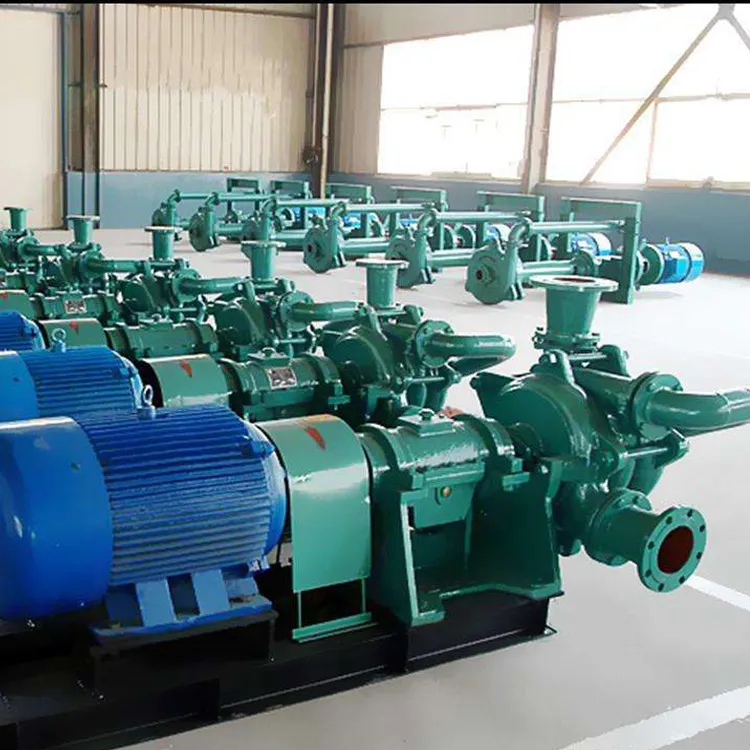Finnish
- Afrikaans
- Albanian
- Amharic
- Arabic
- Armenian
- Azerbaijani
- Basque
- Belarusian
- Bengali
- Bosnian
- Bulgarian
- Catalan
- Cebuano
- Corsican
- Croatian
- Czech
- Danish
- Dutch
- English
- Esperanto
- Estonian
- Finnish
- French
- Frisian
- Galician
- Georgian
- German
- Greek
- Gujarati
- Haitian Creole
- hausa
- hawaiian
- Hebrew
- Hindi
- Miao
- Hungarian
- Icelandic
- igbo
- Indonesian
- irish
- Italian
- Japanese
- Javanese
- Kannada
- kazakh
- Khmer
- Rwandese
- Korean
- Kurdish
- Kyrgyz
- Lao
- Latin
- Latvian
- Lithuanian
- Luxembourgish
- Macedonian
- Malgashi
- Malay
- Malayalam
- Maltese
- Maori
- Marathi
- Mongolian
- Myanmar
- Nepali
- Norwegian
- Norwegian
- Occitan
- Pashto
- Persian
- Polish
- Portuguese
- Punjabi
- Romanian
- Russian
- Samoan
- Scottish Gaelic
- Serbian
- Sesotho
- Shona
- Sindhi
- Sinhala
- Slovak
- Slovenian
- Somali
- Spanish
- Sundanese
- Swahili
- Swedish
- Tagalog
- Tajik
- Tamil
- Tatar
- Telugu
- Thai
- Turkish
- Turkmen
- Ukrainian
- Urdu
- Uighur
- Uzbek
- Vietnamese
- Welsh
- Bantu
- Yiddish
- Yoruba
- Zulu
Telephone: +86 13120555503
Email: frank@cypump.com
marras . 07, 2024 11:35 Back to list
An Overview of Vertical Turbine, Mixed Flow, and Propeller Pump Technologies
An Overview of Vertical Turbine Mixed Flow and Propeller Pumps
Pumping technology has evolved significantly over the decades, leading to the development of various types of pumps designed to meet diverse industrial and municipal needs. Among these, vertical turbine mixed flow and propeller pumps stand out for their efficiency and versatility in transferring liquids. This article provides an in-depth overview of these pump types, examining their design, operational mechanisms, advantages, and applications.
Design and Operation
Vertical turbine pumps, as the name suggests, are designed with a vertical orientation. They consist of a series of impellers and stages that allow for effective water lifting from deep sources such as wells and reservoirs. Mixed flow pumps and propeller pumps are two prominent designs within the category of vertical turbine pumps.
Mixed flow pumps combine features of both centrifugal and axial flow pumps. The design allows water to flow in both radial and axial directions, giving them the ability to operate efficiently across a range of flow rates and heads. This characteristic makes mixed flow pumps suitable for applications where a moderate amount of lift is needed alongside substantial flow, such as in irrigation and flood control systems.
Propeller pumps, on the other hand, utilize an axial flow design, where the liquid flows parallel to the pump shaft. These pumps typically feature a single or multiple-blade propeller that drives the liquid forward. They are particularly effective for high-flow, low-head applications, making them ideal for cooling water in power plants, drainage, and wastewater treatment facilities.
Advantages
Both mixed flow and propeller pumps offer several advantages. Due to their vertical configuration, these pumps are capable of handling large volumes of water while occupying minimal ground space. This is especially beneficial in applications where real estate is at a premium.
'vertical turbine mixed flow and propeller pumps an overview'

The hydraulic efficiency of both pump types is another significant benefit. Mixed flow pumps exhibit a higher efficiency compared to traditional centrifugal pumps, particularly under conditions of variable flow demands. This efficiency leads to reduced energy consumption and operational costs, which can be vital for industries requiring high uptime.
Propeller pumps, with their straightforward design, generally require lower maintenance and tend to have longer lifespans, making them a cost-effective option in the long run. Their ability to handle large volumes of water with minimal energy input makes them particularly suitable for large-scale applications.
Applications
The applications for vertical turbine mixed flow and propeller pumps are extensive. In agricultural settings, mixed flow pumps are widely used for irrigation purposes, ensuring crops receive adequate water supply even in drought-prone areas. Additionally, they find usage in draining flooded areas or managing stormwater systems, making them crucial for urban infrastructure.
Propeller pumps are frequently employed in water supply systems, particularly for transferring water from reservoirs to treatment plants or distribution networks. Their capabilities are also leveraged in industrial applications, such as cooling systems for power plants, where large volumes of water must be circulated efficiently and reliably.
Furthermore, both pump types are widely utilized in municipal wastewater management, allowing for the effective transportation of wastewater from treatment facilities to discharge points or during processing stages.
Conclusion
In conclusion, vertical turbine mixed flow and propeller pumps play a vital role in various sectors where efficient water transfer is needed. Their design, operational efficiency, and versatility make them indispensable assets in agricultural, industrial, and municipal applications. As water resource management becomes increasingly critical in light of climate change and population growth, the demand for these pumps will likely continue to rise, driving further innovations in pumping technology.
-
Heavy-Duty Mining Sludge Pumps - Wear-Resistant Slurry Handling
NewsAug.02,2025
-
Horizontal Split Case Pump with GPT-4 Turbo | High Efficiency
NewsAug.01,2025
-
ISG Series Pipeline Pump - Chi Yuan Pumps | High Efficiency, Durable Design
NewsAug.01,2025
-
Advanced Flue Gas Desulfurization Pump with GPT-4 Turbo | Durable & Efficient
NewsJul.31,2025
-
ISG Series Vertical Pipeline Pump - Chi Yuan Pumps | Advanced Hydraulic Design&Durable Construction
NewsJul.31,2025
-
ISG Series Vertical Pipeline Pump - Chi Yuan Pumps | Energy Efficient & Low Noise
NewsJul.31,2025










